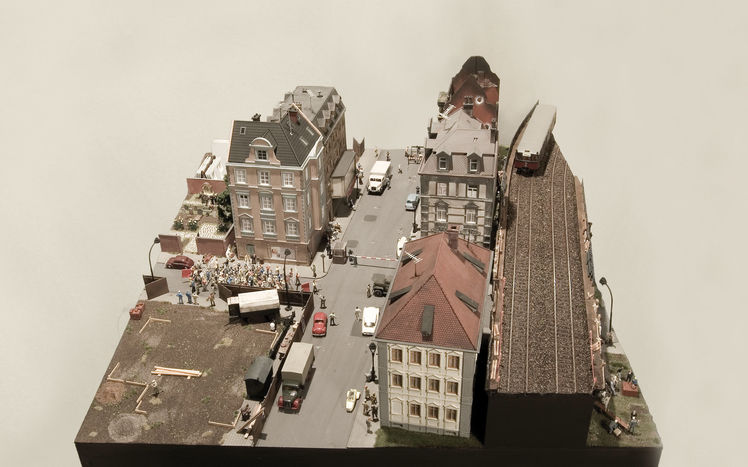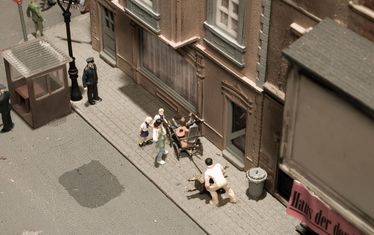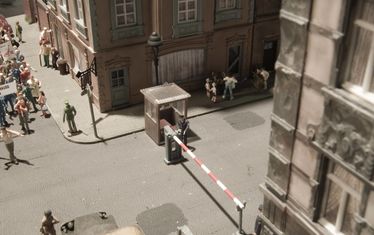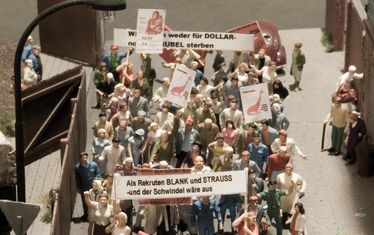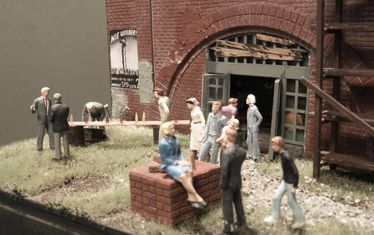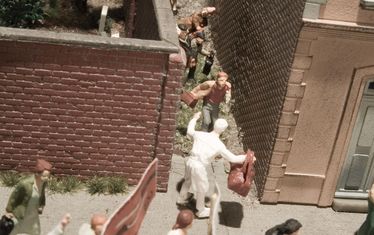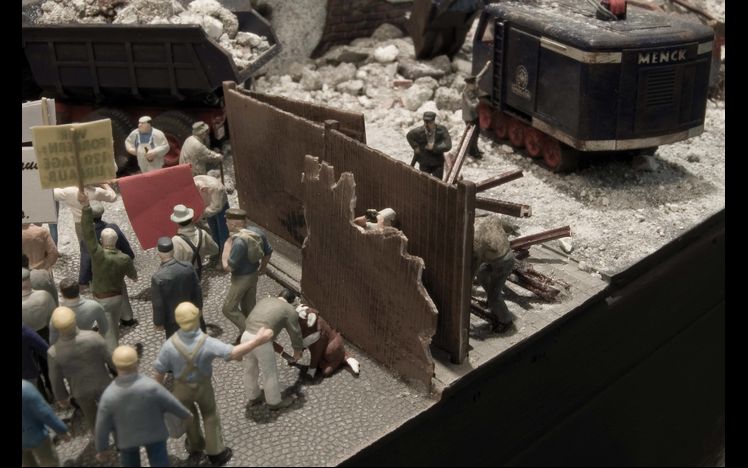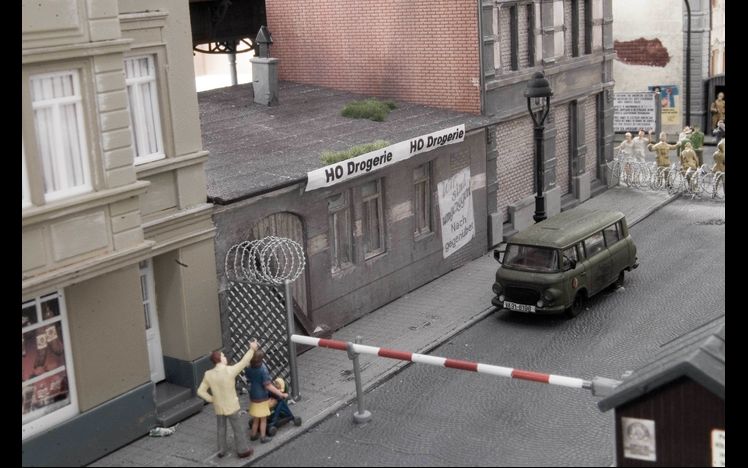1955 - 1960
Within these years, both states drift apart even further, politically. Especially with regard to economic growth, West Germany outpaces East Germany. Because the borders are open, people are witnessing the diverging developments in the two different systems.
Collection Campaigns
The pioneer organization Free German Youth (German: FDJ) is the central, officially recognized and promoted youth organization in East Germany. Parallel to schooling and studies, it is part of the education system. The ideological goal of this organization is to introduce the youth to Marxism and Leninism, and to raise them to become ‘class-conscious socialists. As in everyday school life, there’re communal collection campaigns for scrap paper and bottles – a symbol for trained willingness to help and of the organization, as well as the conveyance of virtues like diligence, honesty, and equity.
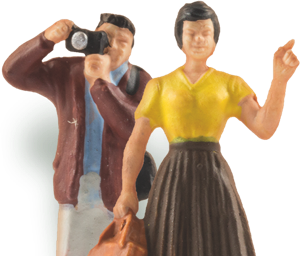
Straight to your digital mailbox
Easily receive news, offers & interesting information.
I agree that Miniatur Wunderland Hamburg GmbH may process my personal data in order to inform me regularly by e-mail about news from the world of Miniatur Wunderland. This consent also includes the collection and analysis of usage data (e.g. opening rates), as described in the data protection information. This consent can be withdrawn at any time.
